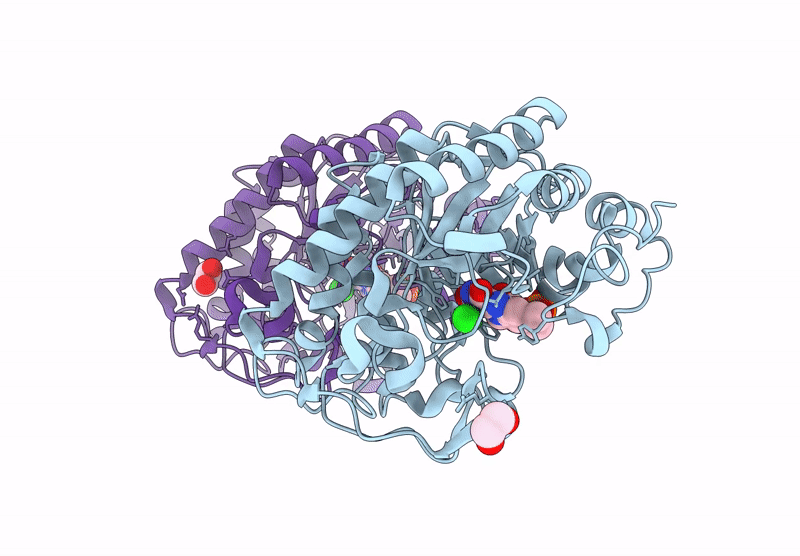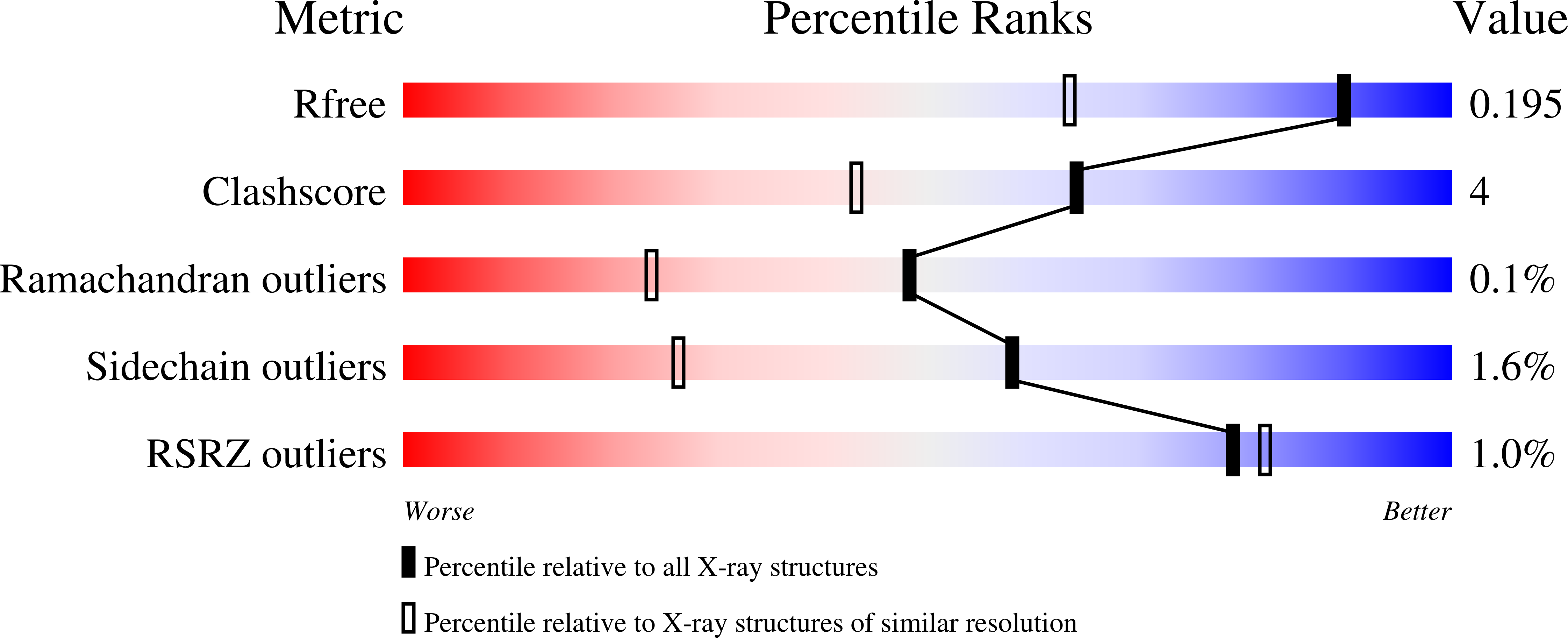
Deposition Date
2025-03-13
Release Date
2025-04-02
Last Version Date
2025-05-14
Entry Detail
PDB ID:
9QGE
Keywords:
Title:
Crystal structure of an NADH-accepting ene reductase variant NostocER1-L1,5 mutant D352K
Biological Source:
Source Organism:
Nostoc sp. PCC 7120 = FACHB-418 (Taxon ID: 103690)
Host Organism:
Method Details:
Experimental Method:
Resolution:
1.43 Å
R-Value Free:
0.19
R-Value Work:
0.15
Space Group:
P 1 21 1


